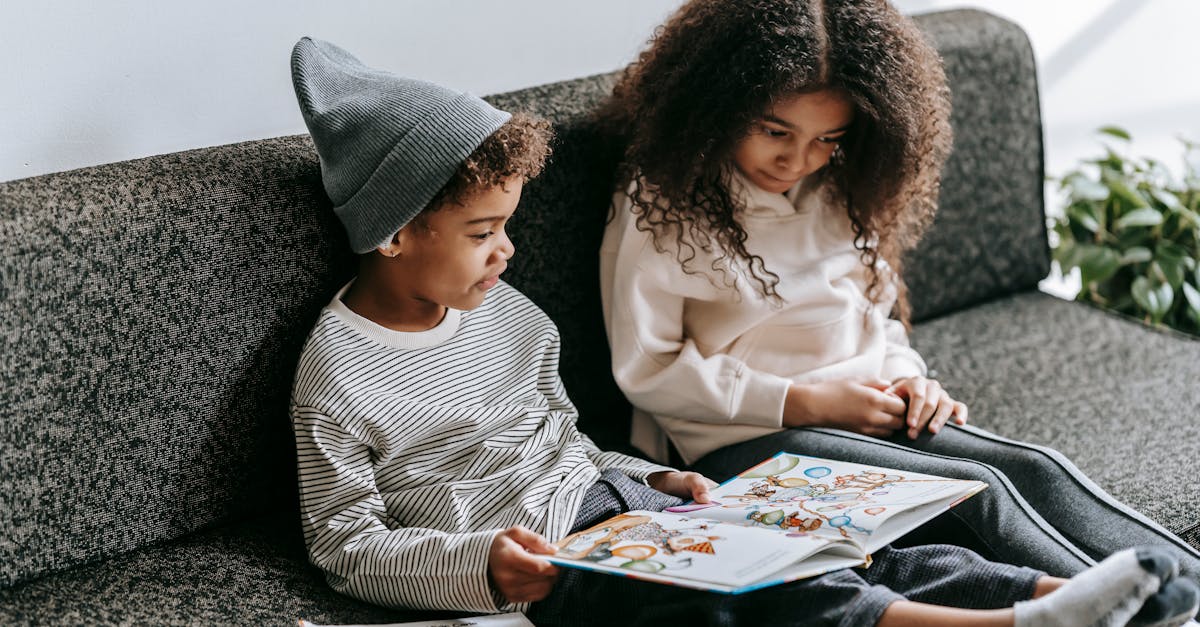The Magic of Playtime
Playtime is where children’s curiosity blooms. Just as Jesus taught through parables, explore everyday objects to spark imagination. Think of playtime as a journey where every toy is a stepping stone. Create scenarios: a box becomes a spaceship, a stick turns into a magic wand. Get on their level and play along. This interaction shows them you value their world and encourages their creative spirit.

Storytelling with a Purpose
Stories captivate young minds. Jesus used stories effectively, and so can you. Share tales that impart values subtly. Include humor and relatable scenarios. Remember, fairy tales with dragons and knights hold more sway if they carry lessons subtly. Encourage your child to narrate too. This exercise enhances their vocabulary and imagination. Make bedtime stories a nightly ritual.

Hands-on Learning Activities
Hands-on activities propel learning. Simple crafts using household items can offer huge rewards. Engage in finger painting, which not only teaches colors but also textures. Baking cookies can introduce basic math. Creating a mini-garden together could be a lesson in biology and patience. Each hands-on experience is a chapter in the endless story of learning through doing.

Encouraging Questions Without Overwhelm
Kids ask hundreds of questions daily. This can be tiring but remember, curiosity is key to learning. Jesus welcomed questions with patience. So, embrace their inquisitiveness. Avoid shutting down any question. If stumped, research the answer together. This teaches them that seeking knowledge is a continuous journey. Moreover, it opens doors to new topics and deeper understanding.

Balancing Structure and Freedom
Young children need structure, yet they also need freedom to explore. Set up a simple daily schedule. Designate blocks of time for different activities: arts, outdoor play, reading time, and rest. However, remain flexible. If your child is engrossed in building a block tower, let them be. This balance creates a safe environment where structure nurtures discipline and freedom fuels creativity.

Building Emotional Intelligence
Building emotional intelligence is critical. It involves talking about feelings openly and narrating your own emotions occasionally. For example, saying I feel happy because… or I am a little sad since… This practice helps normalize emotions and connects behaviors with feelings. For instance, asking How did sharing your toy make you feel? can assist individuals in understanding and managing their emotions better. Emotional intelligence serves as the foundation for all other learning.

